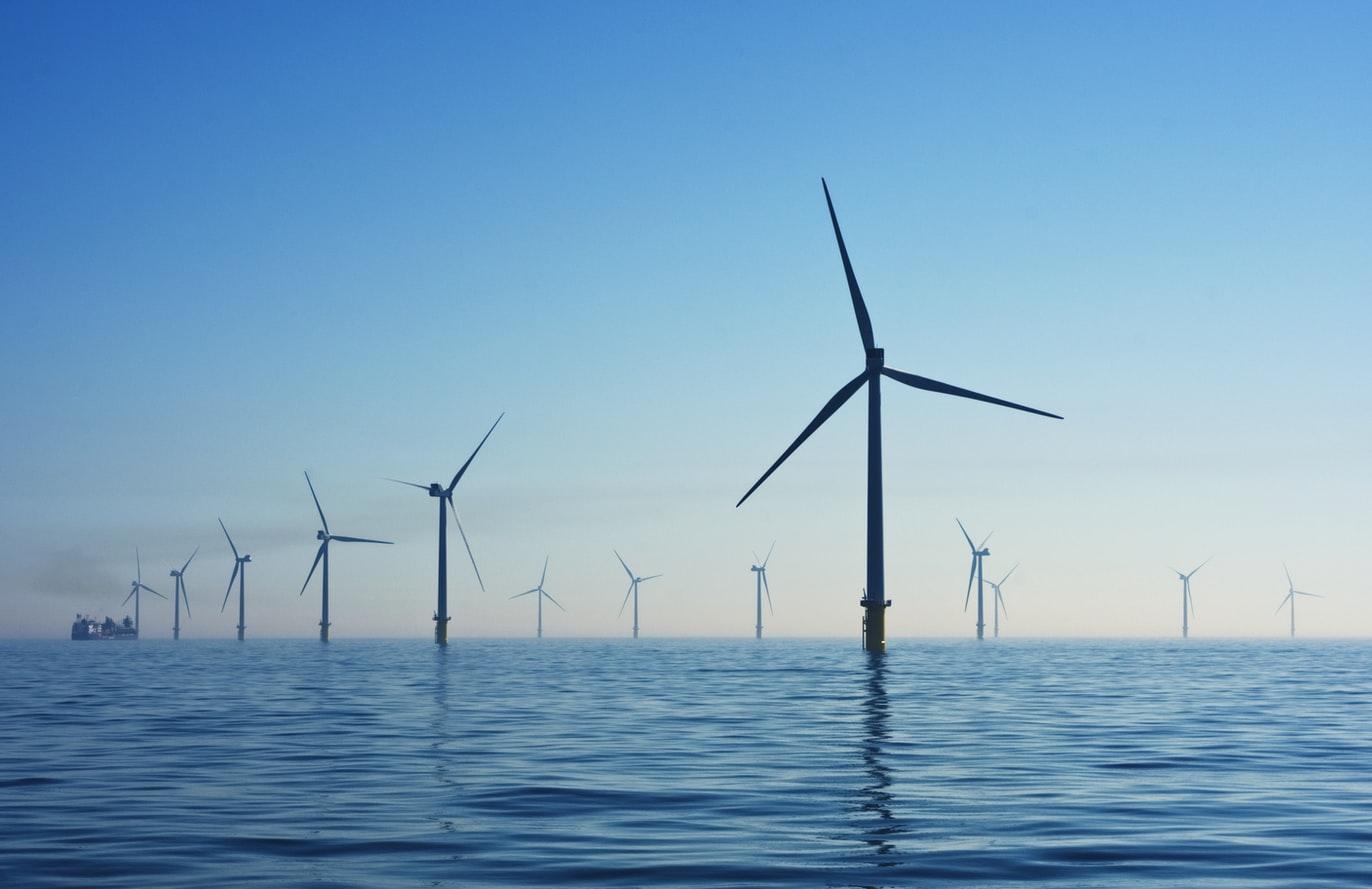Business Energy Broker
Green energy is the future for a sustainable Earth which is why many new and existing technologies have boomed over the last couple of years. This is also in part to the multi-national Paris Agreement which aims to reduce the carbon emissions of participating countries to become net-zero. The UK is one of the parties that has signed the agreement and set the target to transition the UK to a clean future.
One of the leading technologies for reduced carbon emissions is wind generation. The UK had its largest level of wind generation recorded in December 2020, at 17.2GW, which no dubitably will be beaten this year. This accounts for a large percentage of energy production and in August 2020 alone 60% of energy was sourced from wind generation.
However, in certain situations, wind generation produces more energy than is in demand so we are wasting electricity which is not ideal for reducing emissions and being more efficient. For example, during the UK lockdowns, there was a huge dip in demand and large businesses closed so they were not consuming large quantities of energy. So as generation levels remained steady but the demand dropped dramatically there were large quantities of waste generation.
So in an ideal situation, we should be able to utilise all the energy generated to remove waste and maintain effectiveness. This is where hydrogen comes in.
Hydrogen has been a sought after energy source as its green properties allow for zero greenhouse gas emissions when burnt which make it the perfect source moving on into a net-zero future. It has the potential to be used as fuel for vehicles so that engines have less of an impact on the environment as well as heat homes through hydrogen capable boilers.
However, for it to be consumed on a large scale we need production to kick in.
Project ‘Dolphyn’ has been proposed by ERM, the global consultancy provider, to utilise the excess energy generated from floating offshore wind farms by using it with desalination hardware for extracting the hydrogen atoms from saltwater. This will become the solution for a scale hydrogen production system that is planned for 2024 – 2025.
The excitement around projects aiming to produce hydrogen at a large scale is increasing as the costs and availability of hydrogen electrolysers make it a more reasonable approach to meeting the Paris Agreement criteria. But, we are a little while away from these ambitious potentials as there are many challenges to face including the lack of technology to push this idea into a large scale system.
For more information on the Dolphyn project: Click here
